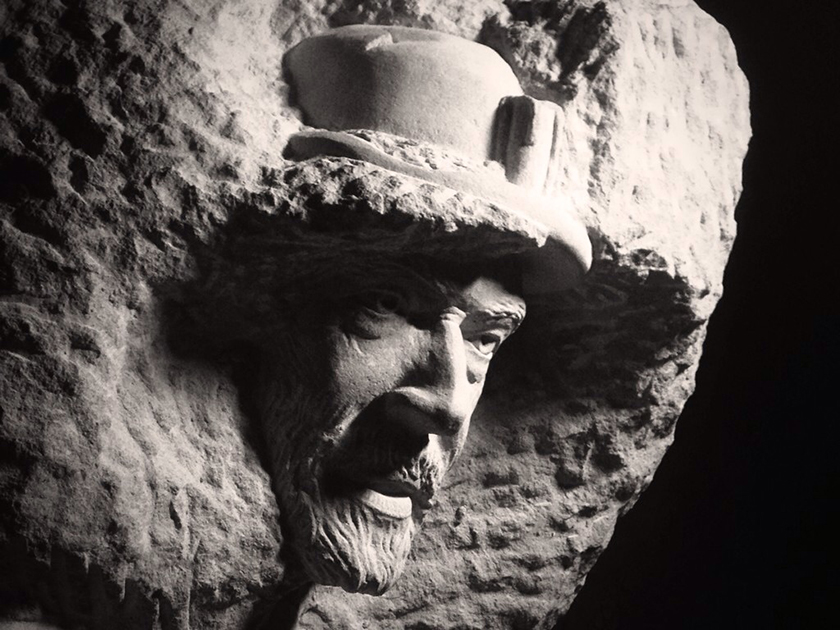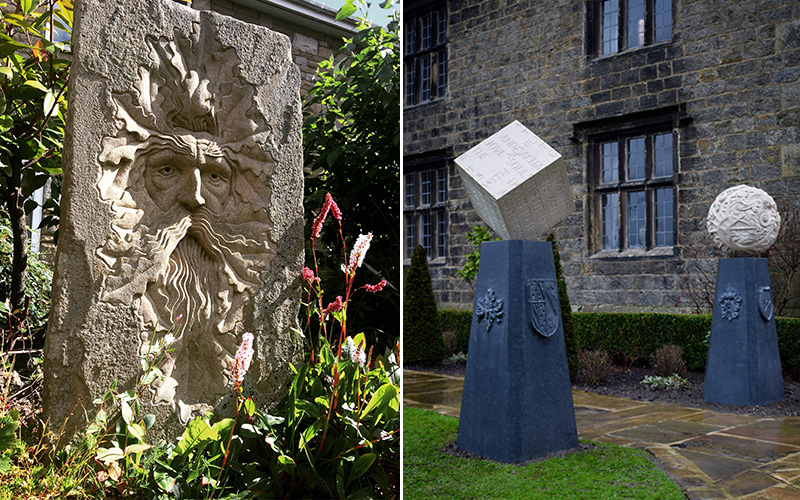TCF caught up with the artist in his UK studio.
In the picturesque town of Silsden, located on the Leeds and Liverpool Canal in West Yorkshire, sculptor Joseph Hayton transforms raw material into enduring works of art. Balancing strength and subtlety, each piece requires a mix of technical proficiency and creative vision.
“It a difficult medium to work in. Everything about it is challenging,” Hayton revealed to Texas Counter Fitters. “But that’s what makes stone so satisfying to tackle.”

Limitations often dictate the composition. “The strength of the material has to be considered, especially in thin areas. I think one of the reasons people find stone sculpture so impressive is its difficulty to produce.” The process takes years – and disciple – to master. “I’m still learning,” he admits.
From an early age, Hayton showed an aptitude for art, drawing inspiration from his father, a joiner. After attending school, he followed that path, working as a stonemason for six years. In 2012, the aspiring artist opened his own studio/workshop at Pateley Bridge in nearby Nidderdale, a town designated as an Area of Outstanding Beauty.

Much of his work is commission. “I have my own style that my clients like, so I’m often given free reign.” The remainder of his projects are personal. “When creating my own pieces,I work from my imagination – ideas come to me as images in my mind, many that I wish to bring to life.”
Mythology figures predominantly in his sculptures, including the gods of Ancient Greece and Egypt. Nature also serves as a creative force. Hayton is well known for his take on the Green Man, a symbol that appears in various forms of art and architecture, typically depicted as a face surrounded by or made of leaves. “I have also carved animals and birds, which I enjoy, and the human head and figure, a subject I never tire of.” Portraiture work can be done in several in-person sittings or via photographs.
Stone is sourced both locally and abroad. Favorites include white Portland limestone quarried in Dorset, UK, and Italian Carrara marble – the former for its carving and weathering properties, the latter for its fine grain and ability to take very fine detail.
See more of Hayton’s work.

